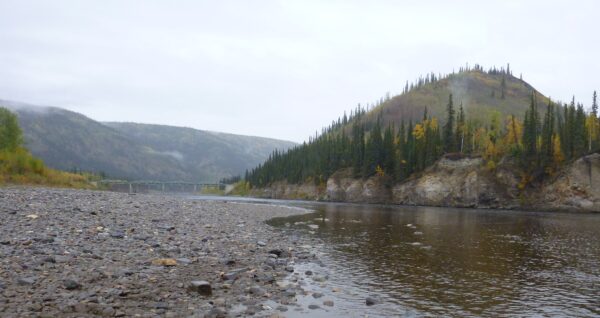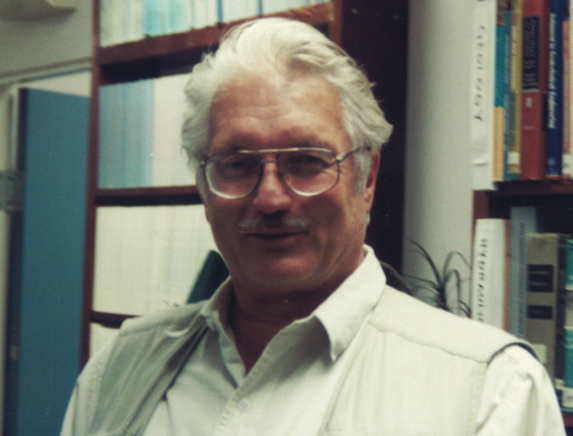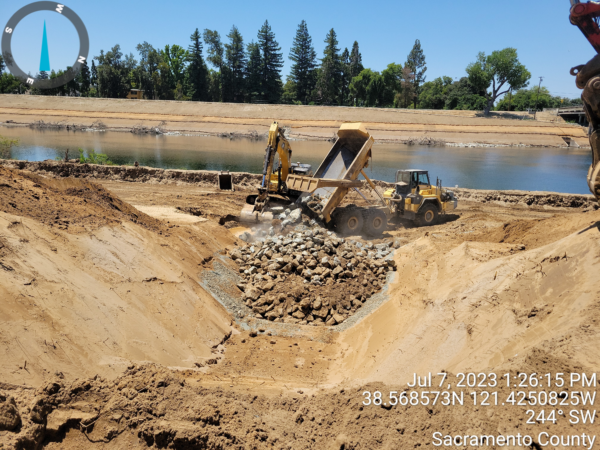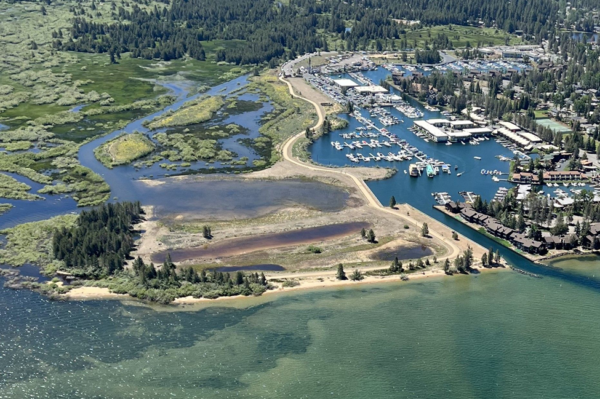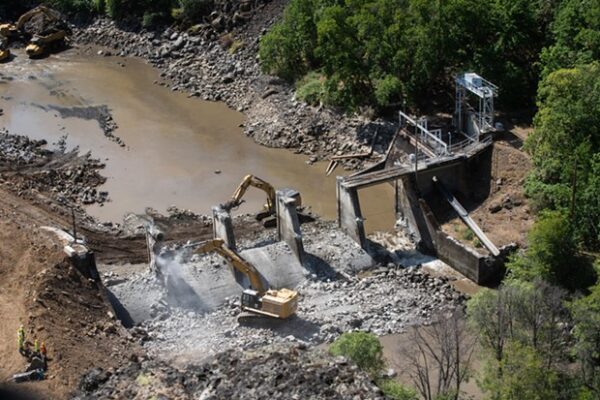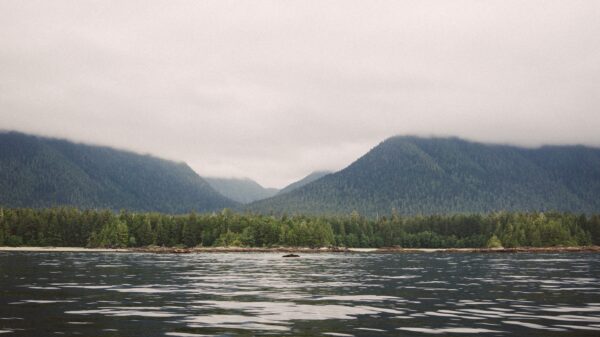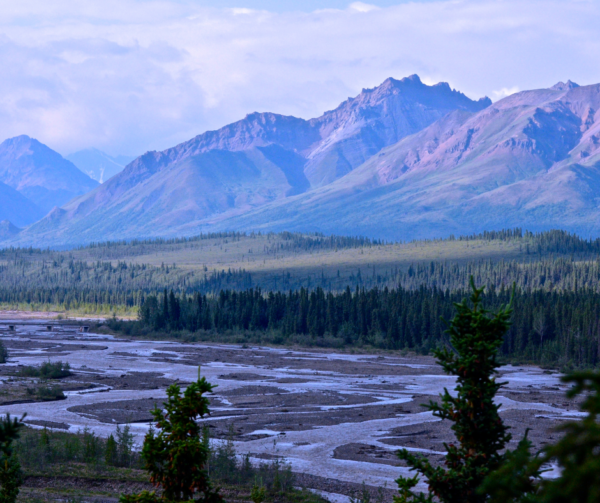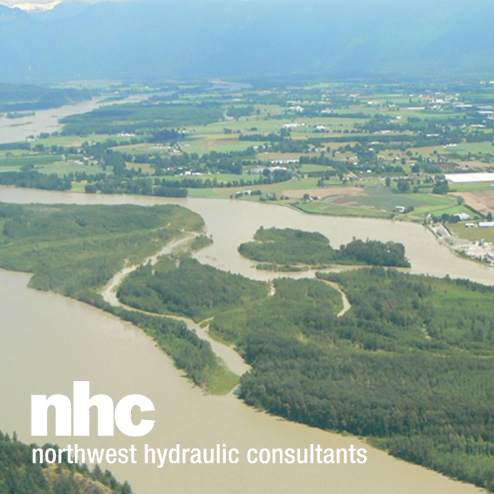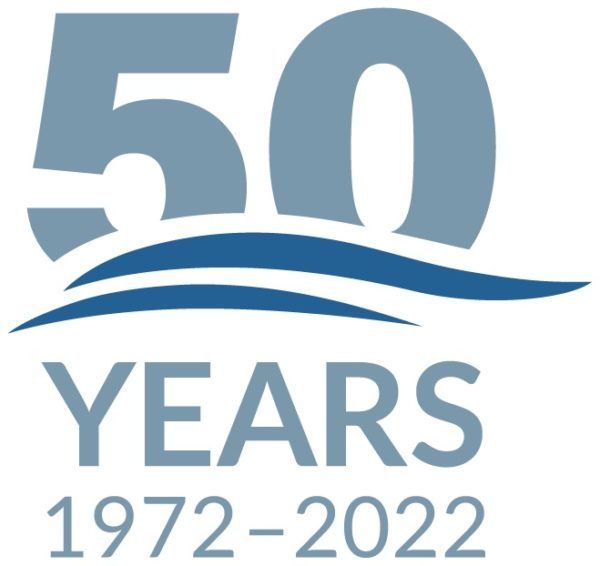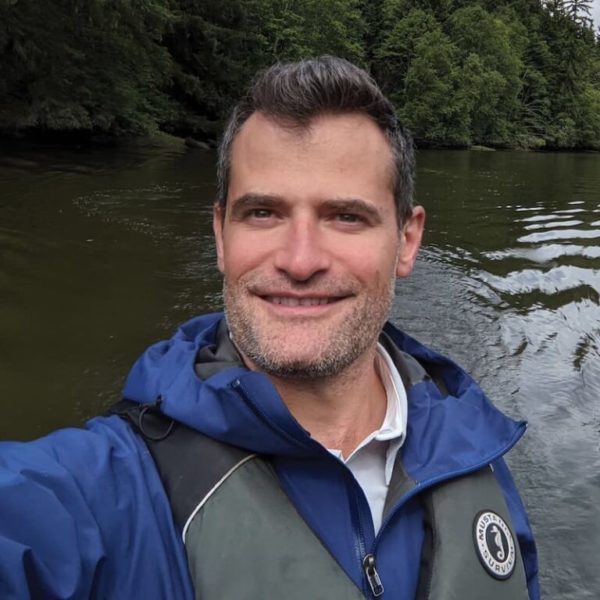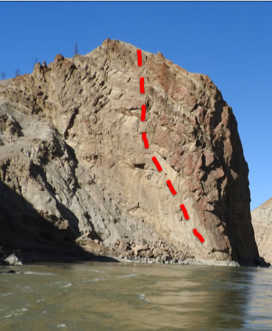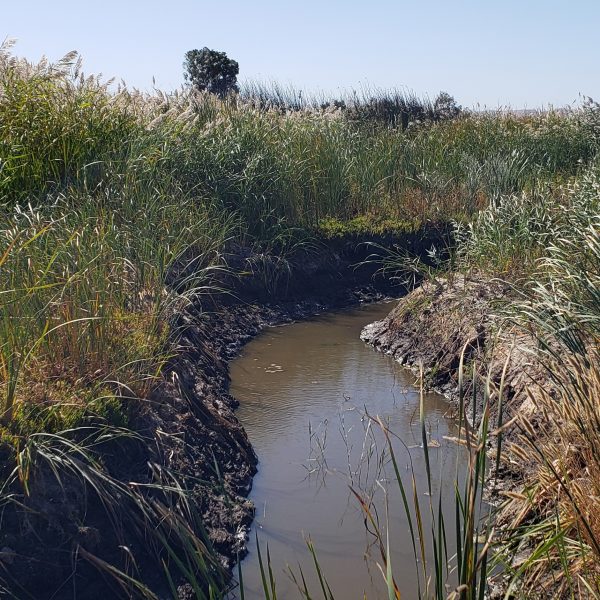 October 15, 2019 was an exciting day as we were finally able to open 420 acres of restored tidal marsh habitat to natural diurnal tidal inundation at the Tule Red Tidal Restoration Project site. It was a fun and rewarding project, working with the team at Westervelt Ecological Services to evaluate and understand ongoing tidal processes, develop conceptual approaches to work with those processes to create a self-sustaining restoration site, and further those concepts into final design plans and actual constructed habitat. Great projects have great teams, and we enjoyed collaborating with experts assembled by Westervelt to get this project done, including colleagues from Hultgrin-Tillis, ESA, KSN, ICF, Four M Contracting, and The Dutra Group!
October 15, 2019 was an exciting day as we were finally able to open 420 acres of restored tidal marsh habitat to natural diurnal tidal inundation at the Tule Red Tidal Restoration Project site. It was a fun and rewarding project, working with the team at Westervelt Ecological Services to evaluate and understand ongoing tidal processes, develop conceptual approaches to work with those processes to create a self-sustaining restoration site, and further those concepts into final design plans and actual constructed habitat. Great projects have great teams, and we enjoyed collaborating with experts assembled by Westervelt to get this project done, including colleagues from Hultgrin-Tillis, ESA, KSN, ICF, Four M Contracting, and The Dutra Group!
The Tule Red site is located on the eastern shore of Grizzly Bay in Solano County, California. The site had been closed off to natural tidal inundation and heavily managed as a duck hunting club over the previous decades. NHC began working on the project with Westervelt at the initial concept-level design to assist in understanding the physical processes of the site and help identify opportunities and constraints. NHC conducted analyses to develop the layout and sizing of the tidal channels, quantify expected marsh accretion rates relative to sea level rise to understand potential changes to on-site habitat, and calculate residence time to optimize food production for pelagic fish living in the nearby estuary.
The overall project approach was a process-based design. The tidal channel network will immediately restore full tidal exchange on the site, creating conditions for marsh vegetation to flourish while exporting nutrients off-site into the Sacramento River estuary, and bringing sediment on-site to assist marsh elevations in keeping pace with sea level rise. Additional functional design components were incorporated to assist in meeting an array of design objectives. These components included marsh ponds, which were designed to increase the residence time of developing planktonic copepods, as well as habitat berms, which will provide transitional upland habitat while also reducing the risk of inland floods. In addition to conceptual design input, NHC provided final engineering plans and assisted in developing technical specifications and bid documents.
For more information on this project, please contact Brian Wardman.


